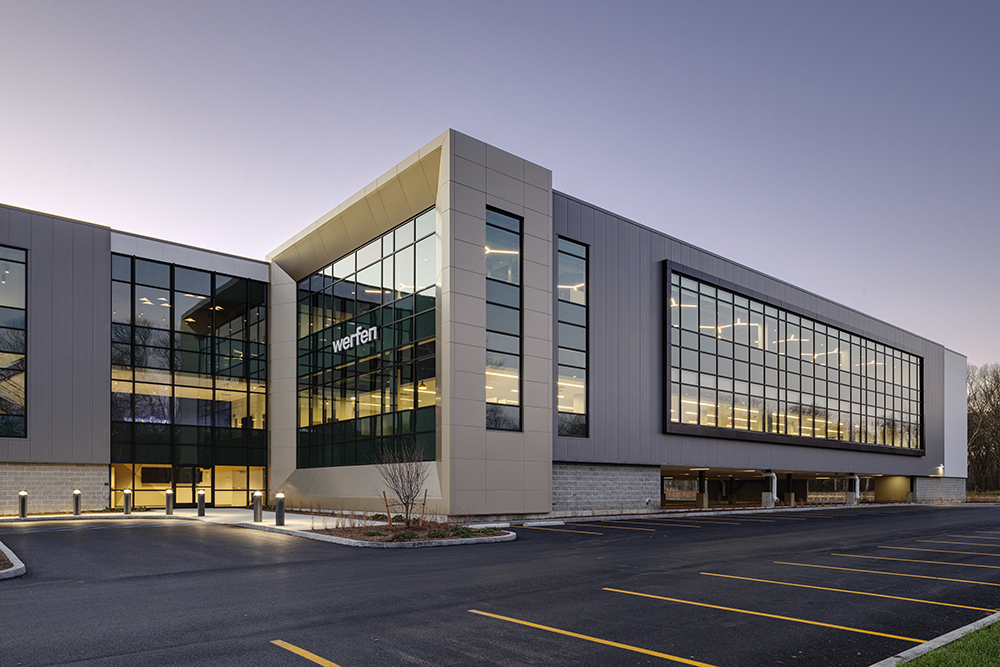Why the commercial real estate market in New England shows no signs of slowing down - by Andrew Gnazzo and Michael Darling
 Michael Darling, Walker & Dunlop
Michael Darling, Walker & DunlopThe State of the Market Overall: Values Up, Interest Rates Remain Low In New England, as with many areas of the country, the commercial real estate market continues to forge ahead to reach new levels of growth and expansion, particularly in the multifamily area. Interest rates continue to be low, making multifamily properties even more attractive assets for existing players or new investors, and this is resulting in a number of new entrants to the market overall. This trend has created higher valuations, making yields tighter as more players enter the market.
Mirroring the National Trends of Declines in Home Ownership, Continued Rise of the Millennial As the rate of home ownership continues to decline across the country, rental traffic and demand is at an all-time high, particularly in metropolitan areas like Boston. Now, many are choosing to rent as opposed to purchasing a home, which is a large contributor to the elevated occupancy rates seen in multifamily properties, combined with a steady increase in rent rates year-over-year.
In major cities like Boston, where millennial populations rule the multifamily market, renters are transient, moving jobs frequently, and the trends consistently indicate that proximity to work remains a key priority over nearly everything else. This includes size, with convenience reigning supreme.
 Andrew Gnazzo, Walker & Dunlop
Andrew Gnazzo, Walker & DunlopA Regulatory Climate Focused on Mission-Oriented Business In the first part of May, 2016, the Federal Housing Finance Agency (FHFA) increased the cap placed on Fannie Mae and Freddie Mac by $4 billion for each, which will allow them to focus on the growth of mission-oriented multifamily projects. This is also encouraging the development of a range of new affordable housing products, including tax credit initiatives and direct bond purchase programs. Existing products are also being improved to prioritize mission-driven goals, and both Fannie Mae and Freddie Mac are consistently winning affordable transactions that they may have previously lost to banks.
There also continues to be aggressive competition from life insurance companies, along with banks, who are also competing strongly within certain areas of the market.
The Art of the Deal- Managing Interest Rate Volatility Tops the List As the commercial real estate market continues to experience growth in several key areas, the main trend that is being seen in the ways transactions are structured is the importance of managing interest rate volatility. While rates remain at historic lows, the cycle to closing can sometimes reach as much as 120 days, resulting in a swing of up to 30 basis points at any given time. This is driving market players to scramble to capture rates and manage the overall market volatility in order to drive top returns.
Additionally, developers are selling their newly constructed assets off before they have completed the stabilization process as a way to off-set risk and capitalize on current rates and valuations.
In Boston and the surrounding New England region, where the time to construct new multifamily properties is particularly long, there is an overall scarcity of multifamily properties ‘in stock,’ and this, coupled with burgeoning demand, is driving the significant increases in rental rates as well as consistently high occupancies. While the market continues to grow and these factors remain at or above current levels, these trends are expected to only increase.
The Future Looks Bright! Over the next several months, key market players expect these trends in the multifamily space to continue. While ‘over-performance’ remains the name of the game, it is always important to remain aware of factors that could effect changes in these trends, such as the federal government raising interest rates, and the impacts of international conflicts and the looming Presidential election.
Overall, however, the multifamily space in New England and beyond is well-positioned as a preferred asset class among many investors.
Andrew Gnazzo is a managing director and Michael Darling is a senior vice president at Walker & Dunlop, Boston.
Newmark negotiates sale of 10 Liberty Sq. and 12 Post Office Sq.

Five ways to ruin a Section 1031 Like-Kind Exchange - by Bill Lopriore

How COVID-19 has impacted office leasing - by Noble Allen and John Sokul

Make PR pop by highlighting unique angles - by Stanley Hurwitz









